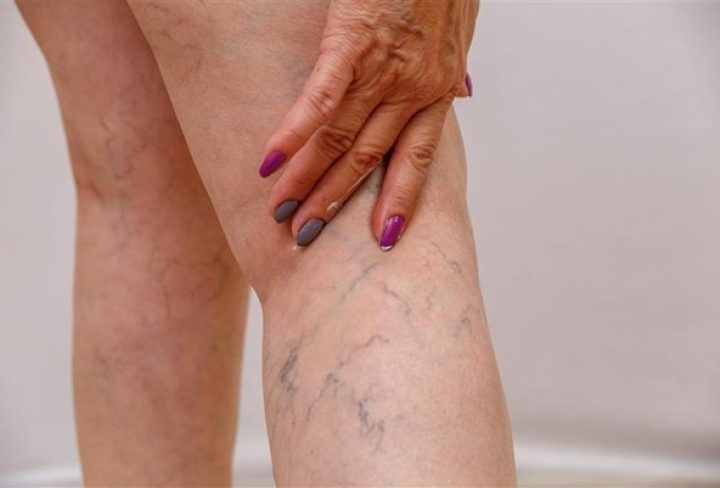Varicose veins are one of the most common condition that contributes to aesthetic concerns apart from discomfort for many individuals. However, with the advancements in medical technology, interventional radiology has emerged as a transformative approach to effectively treat varicose veins. This article explores the role of interventional radiology in revolutionizing varicose veins treatment.
Understanding Varicose Veins
The condition varicose veins occur when the valves within the veins become weak or damaged, causing blood to pool and veins to enlarge. This leads to bulging, twisted veins that are often visible through the skin, primarily in the legs. The most common symptoms include pain, swelling, heaviness, and leg fatigue.
Interventional Radiology Techniques:
Interventional radiology employs minimally invasive techniques to treat varicose veins. Two common procedures include
- Endovenous laser ablation (EVLA): EVLA involves inserting a laser fiber into the affected vein to emit heat and seal it shut
- Radiofrequency ablation (RFA): RFA uses radiofrequency energy into the affected vein to emit heat and seal it shut
Benefits of Interventional Radiology:
Interventional radiology offers several advantages over traditional surgical methods for varicose veins treatment. It involves smaller incisions, reducing scarring and post-procedure discomfort. Patients typically experience faster recovery times and can often resume their normal activities sooner. The precise targeting of affected veins ensures efficient closure and improved blood flow.
Procedure and Recovery
Interventional radiology procedures for varicose veins are typically performed on an outpatient basis. After a thorough evaluation, the interventional radiologist will determine the appropriate treatment plan. Patients are generally awake during the procedure, which is performed under local anesthesia. Recovery is usually quick, with minimal downtime and discomfort.
Long-Term Results and Patient Satisfaction Interventional radiology techniques have shown excellent long-term results in the treatment of varicose veins. Patients often experience significant relief from symptoms and an improvement in the appearance of their legs. The high patient satisfaction rate is attributed to the effectiveness of the procedures, minimal scarring, and the ability to resume daily activities promptly.
Interventional radiology has revolutionized the treatment of varicose veins, offering patients a minimally invasive and effective alternative to traditional surgery.


